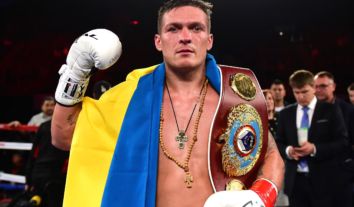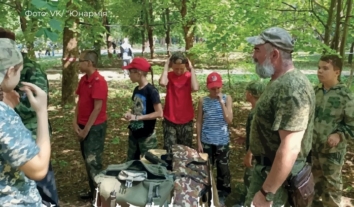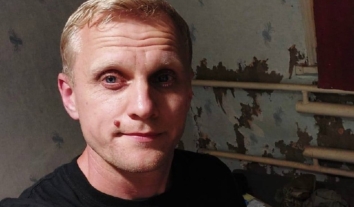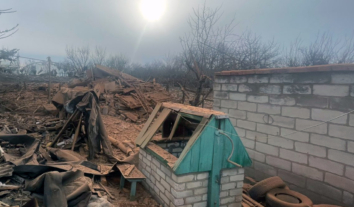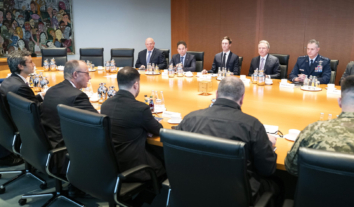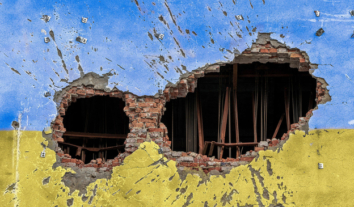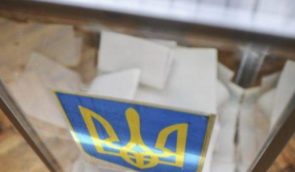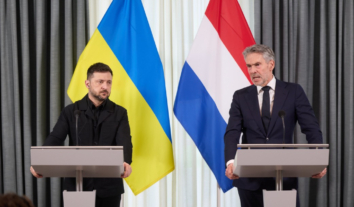Digital reconstruction of shooting during EuroMaidan confirms involvement of Berkut’s ‘black company’
The digital reconstruction of shooting during EuroMaidan protests, created by American researchers, proves that rounds were fired upon the protesters from the sector, where the officers of the Berkut special police force of Ukraine’s Interior Ministry stayed.
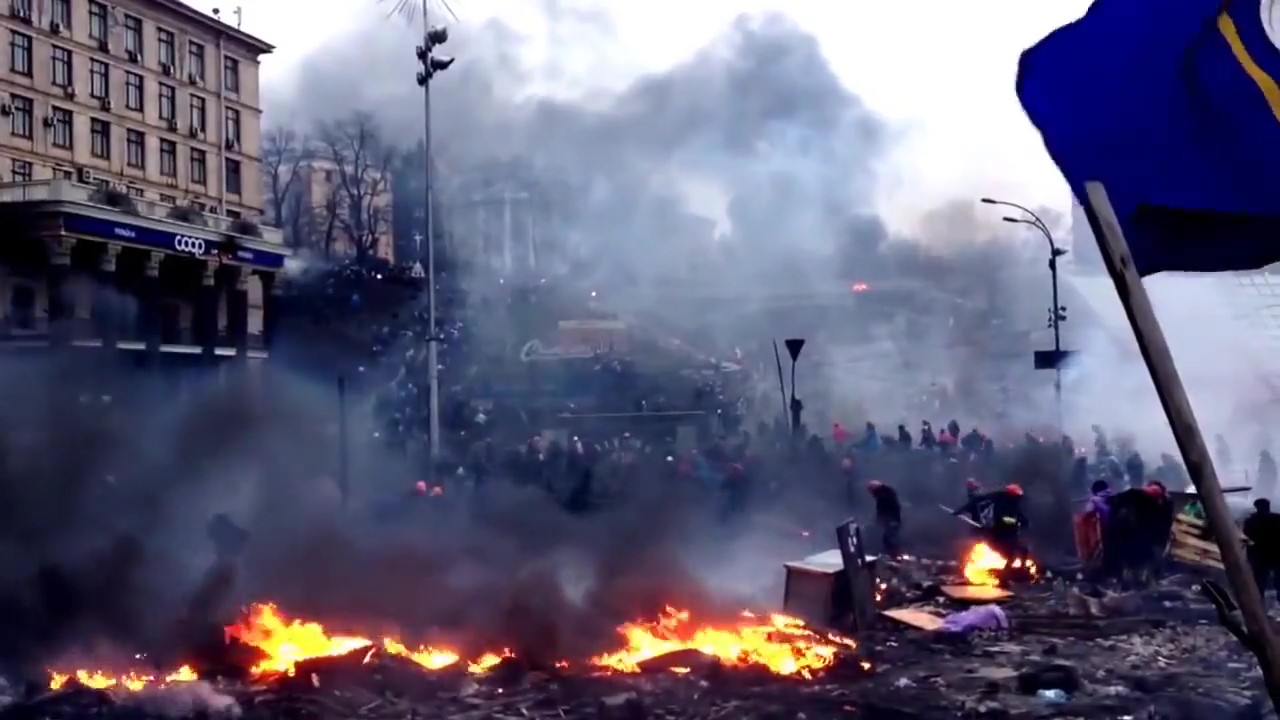
This was discussed at the presentation of the platform of digital reconstruction of the events of February 20, 2014, created by the SITU Research and experts of the Center for Human Rights Science at the Carnegie Mellon University.
“When we started the investigation, we understood that the available video material – 520 video events during 65 hours – required sorting and systematization in order to be able to determine the circumstances of deaths of each protester as well as the events that had taken place that morning. We also wanted to draw conclusions about the sector from which three protesters had been shot,” said Pavlo Dykan, lawyer of the families of the killed Euromaidan protesters.
Therefore, at the request of the lawyers of families of the killed protesters, the SITU Research and the Center for Human Rights Science at the Carnegie Mellon University worked together to reconstruct the events related to the deaths of Ihor Dmytriv, Andriy Dyhdalovych and Yuri Parashchuk.
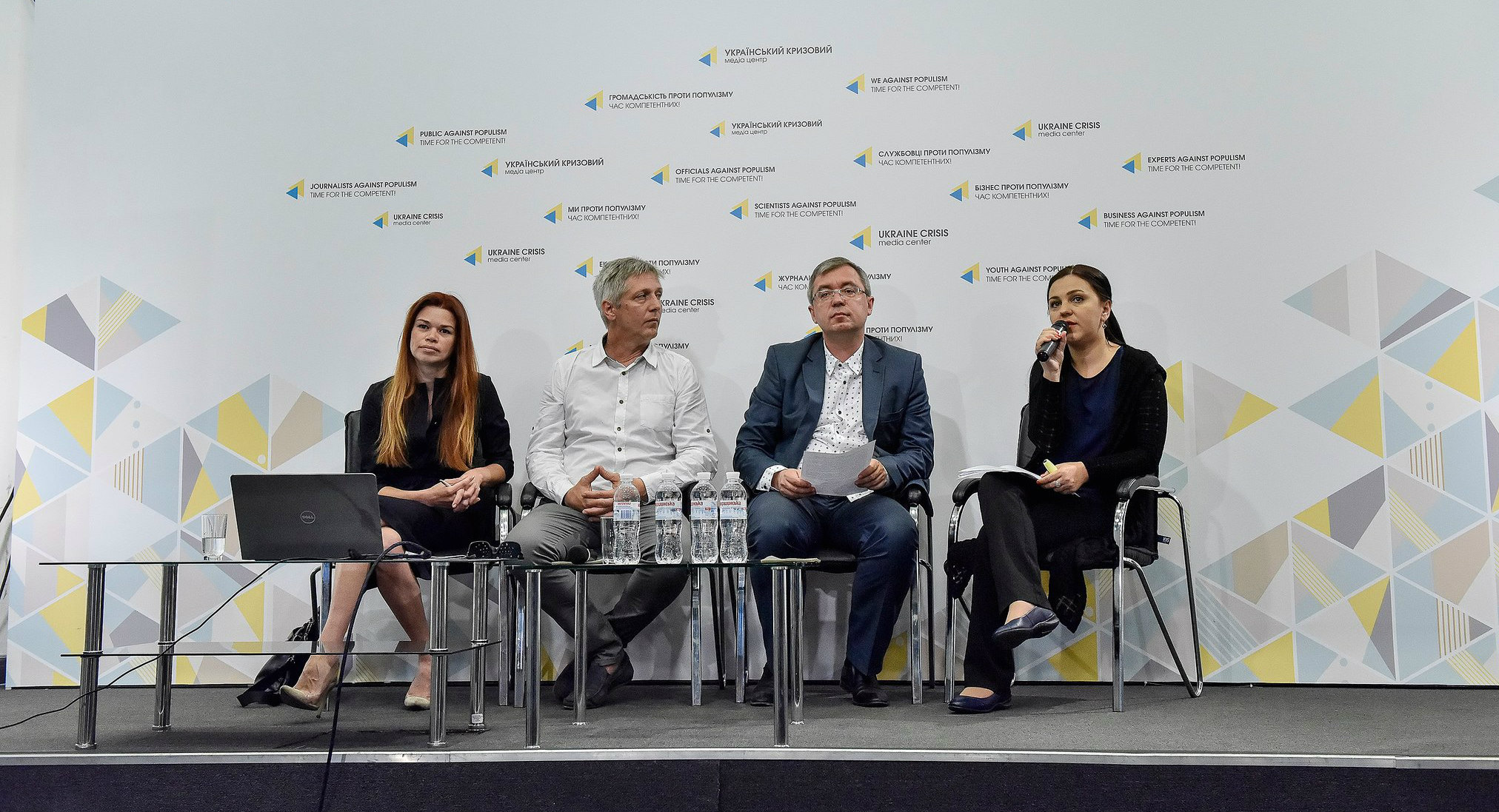
“Ukrainian lawyers asked us to solve a very specific problem concerning the death of three protesters and provided us with factual data (video, audio, spatial, medical data) related to these three cases. We estimated the territory from which deadly shots were fired and, based on the available evidence, managed to identify it,” said Brad Samuels, head of SITU Research.
As a result, it was found that the shots were fired from behind the barricades on Instytutska Street (near the Khreshchatyk metro station and at the intersection with Olhinska Street), which at that time were controlled by Ukrainian law enforcement agencies.
According to lawyer Oleksandra Yatsenko, the created platform consists of three parts:
- First is modeling the overall developments on February 20, 2014 including a timeline of key events with integrated video evidence which make it possible to view factual circumstances at a specific time.
- Second is 3D visualization of the moments of wounding three protesters – Ihor Dmytriv, Andriy Dyhdalovych and Yuri Parashchuk. Based on the findings of Ukrainian medical experts, it became possible to mark the entrance and exit perforations as well as to determine the directions of travel of bullets, the sector from which the shots were likely to be fired and the minimum and maximum distances from which the shots were fired. This part is crucial because it shows the main details of the deaths of civilians and confirms the conclusions of Ukrainian experts regarding the sector of shooting.
- Third is the markers of wounds on bodies of some killed protesters, markers of survey points and time markers that give the opportunity for selecting the video for a certain period of time for further analysis of the events.
To recreate the events, the experts used techniques for using sound prints to synchronize video, as well as a semi-automated video geolocation method and audio analysis of jamming.
In the near future, the lawyers of families of the killed protesters plan to file a petition to the Sviatoshynsky District Court in Kyiv over attaching a written report with the described methodology of the platform and access to the platform itself with official translations into Ukrainian as the evidence in the case.
“This digital technology actually helped us to get additional evidence that the court could attach to the case files. This is another one and very important evidence confirming that the three civilians were shot dead precisely from the sector, where the law enforcers stayed,” Oleksandra Yatsenko said.
The platform creation was supported by the International Renaissance Foundation and the Open Society Foundation. “We immediately supported the initiative and helped involve the world’s leading experts as we see overcoming the impunity for killings during the Revolution of Dignity as our priority,” Executive Director of International Renaissance Foundation Oleksandr Sushko said.
The New York Times and Oxford Academic wrote about this platform.
Full video of presentation

